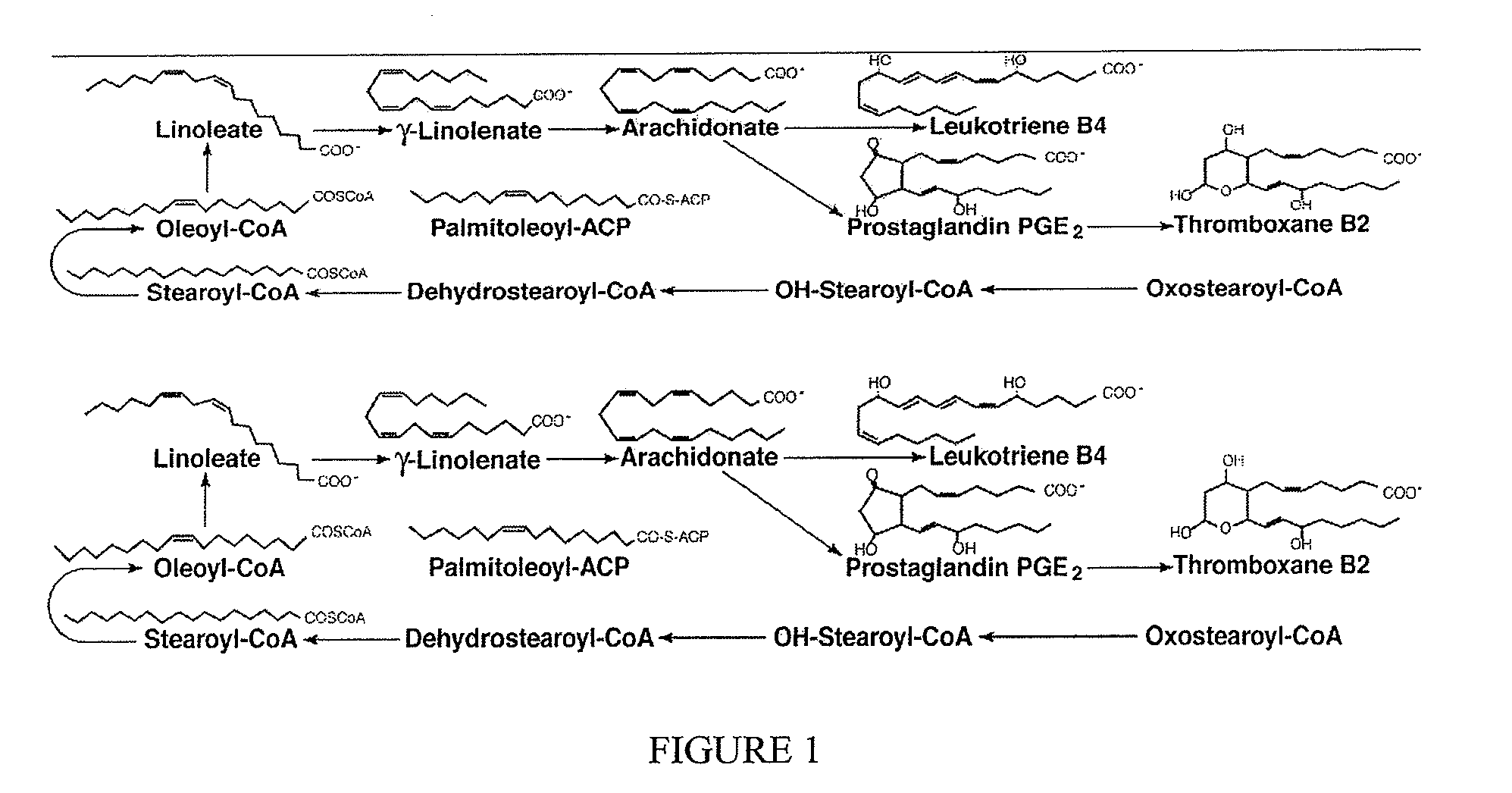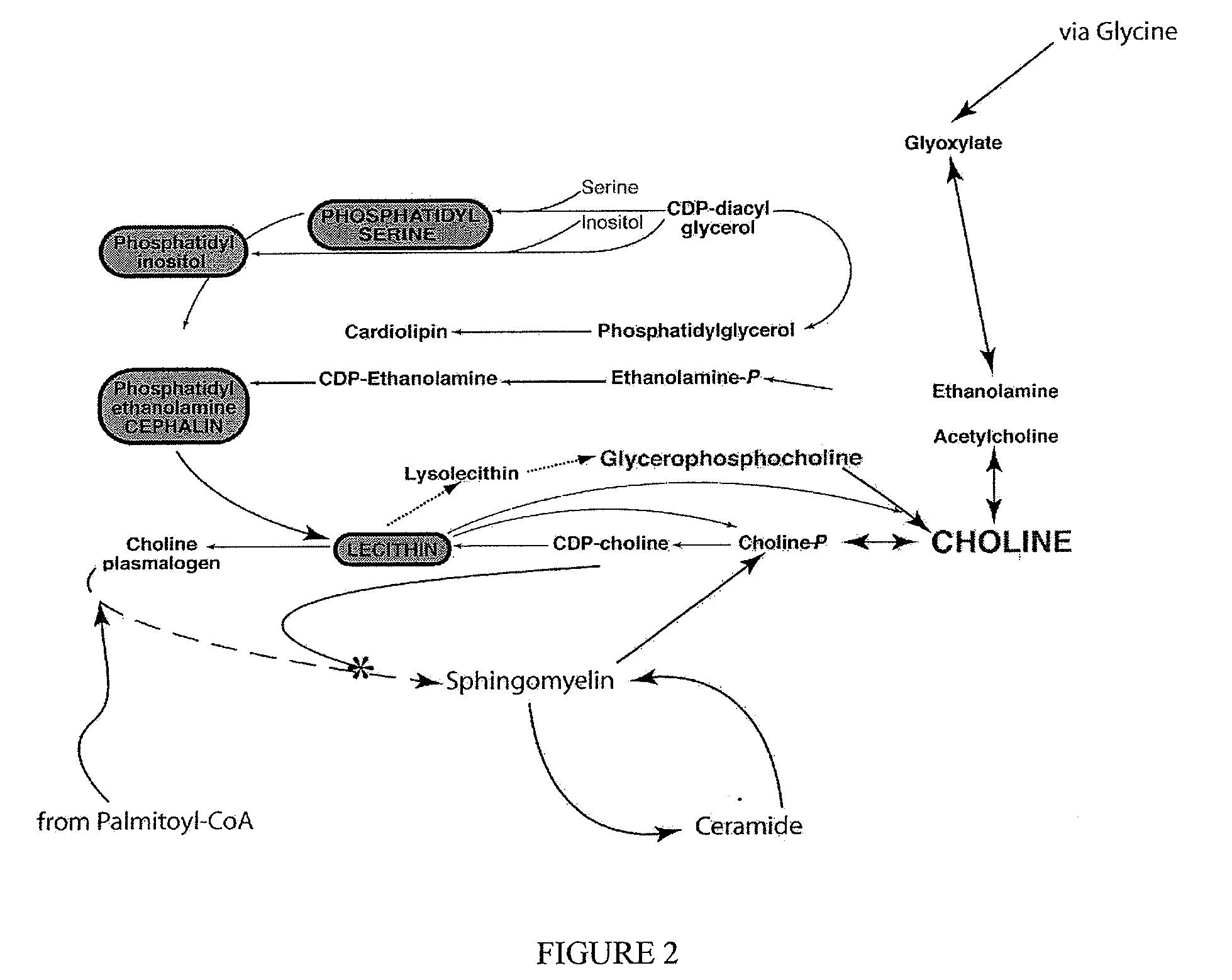Metabolite detection using magnetic resonance
a magnetic resonance and metabolite technology, applied in the field of metabolites, can solve the problems of limiting resolution, difficult to distinguish these two fatty acids by nmr spectroscopy, and difficult to distinguish them
- Summary
- Abstract
- Description
- Claims
- Application Information
AI Technical Summary
Problems solved by technology
Method used
Image
Examples
example 1
HSQC Experiment
[0098]A gradient HSQC experiment (Kay L. E., et al., J. Am. Chem. Soc. 1992; 114: 10663-10665) without sensitivity enhancement was modified to include a hermite J-pulse (Bendall M. R., et al. J. Magn. Reson. 1999; 141:261-70.) of duration Tp=1.8 ms and a narrowband sech / tan h (Silver M. S., et al., Phys. Rev. A. 1985; 31:2753-2755.) inversion pulse of duration 3.6 ms as shown in FIG. 6. The peak amplitude, RFmax of the hermite pulse was calculated by simulation using the 6×6 rotation matrix as illustrated in FIG. 7, assuming a one-bond scalar coupling constant between the vinyl proton and the attached heteronucleus of J=140 Hz, and was chosen to be 1.2 kHz corresponding to the maximum of the 2IzSx curve of the plot in FIG. 8. Parameters for the sech / tan h inversion pulse were determined using universal equations previously published (Tesiram Y. A., et al., J. Magn. Reson. 2002; 156: 26-40.). Briefly, the duration of this pulse was chosen to occupy the entire ½J evolut...
PUM
| Property | Measurement | Unit |
|---|---|---|
| nuclear magnetic resonance spectroscopy | aaaaa | aaaaa |
| magnetic resonance imaging | aaaaa | aaaaa |
| concentration | aaaaa | aaaaa |
Abstract
Description
Claims
Application Information
 Login to View More
Login to View More - R&D
- Intellectual Property
- Life Sciences
- Materials
- Tech Scout
- Unparalleled Data Quality
- Higher Quality Content
- 60% Fewer Hallucinations
Browse by: Latest US Patents, China's latest patents, Technical Efficacy Thesaurus, Application Domain, Technology Topic, Popular Technical Reports.
© 2025 PatSnap. All rights reserved.Legal|Privacy policy|Modern Slavery Act Transparency Statement|Sitemap|About US| Contact US: help@patsnap.com



